Aesthetic Continuum: Essays on Assamese Music, Drama, Dance and Paintings
Synopsis
The great Sankardeva movement thus brought about a new and comprehensive outlook on life and a distinctly healthy tone to social behaviour. It accelerated the pace of renascence of literature and fine arts like music and painting. The dignity of the individual endeavour of man as a distinct religious being and not as ‘the thrall of theological despotism’ was declared. Assam discovered herself as an integral part of the holy land of Bharatavarsa, and gloried in that discovery. The holy books in Sanskrit, the litterae humaniores of India, could no longer be sealed to the common man’s view by a rigid oligarchy. The use of the local language in expositions of theology and philosophy was in itself a challenge to the erstwhile guardians of secret doctrines, who understood the significance of the challenges and ‘protested very much’. The new humanism eyed askance at the numerous blood sacrifices, including the immolation of man, and the nice sacerdotalism that was the order of the day in Hindu Society. The use of Assamese, and Indo-Aryan tongue, which formed but an island in a Tibeto-Burman ocean, as the medium for the propagation of neo-Vaisnava faith led to its emergence as the language of all the people. The ancient kingdom of Kamarupa was now undergoing a huge change, and it was having almost a regeneration, political and social, which timed well with the cultural resurgence initiated by Sankaradeva; and the first possibilities of a unified and modern Assam were a now in evidence.
Read more
65.70
59.13
$
73.00 $
Free delivery Wolrdwidе in 10-18 days
Ships in 1-2 days from New Delhi
Membership for 1 Year $35.00
Get it now and save 10%
Get it now and save 10%
BECOME A MEMBER
Books by the same author

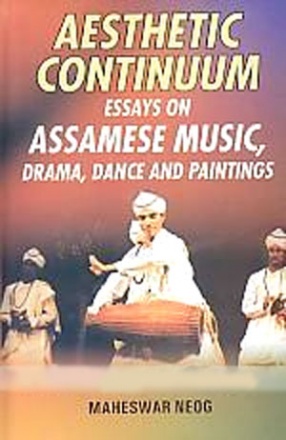
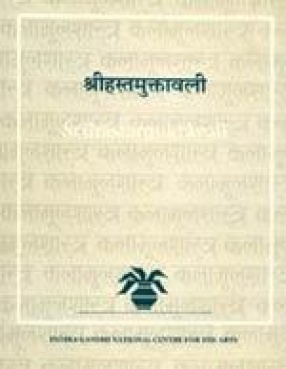
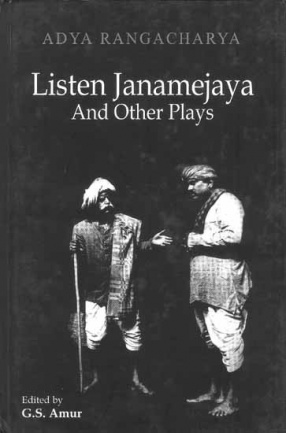
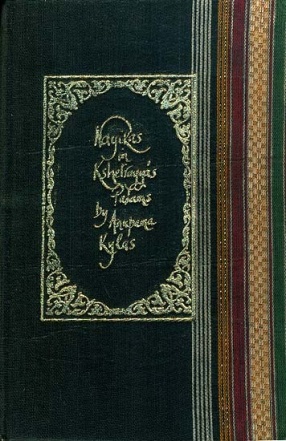
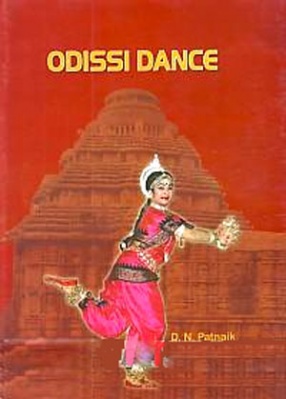
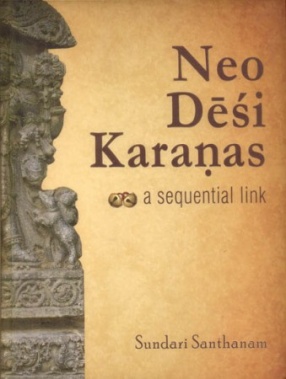

Bibliographic information